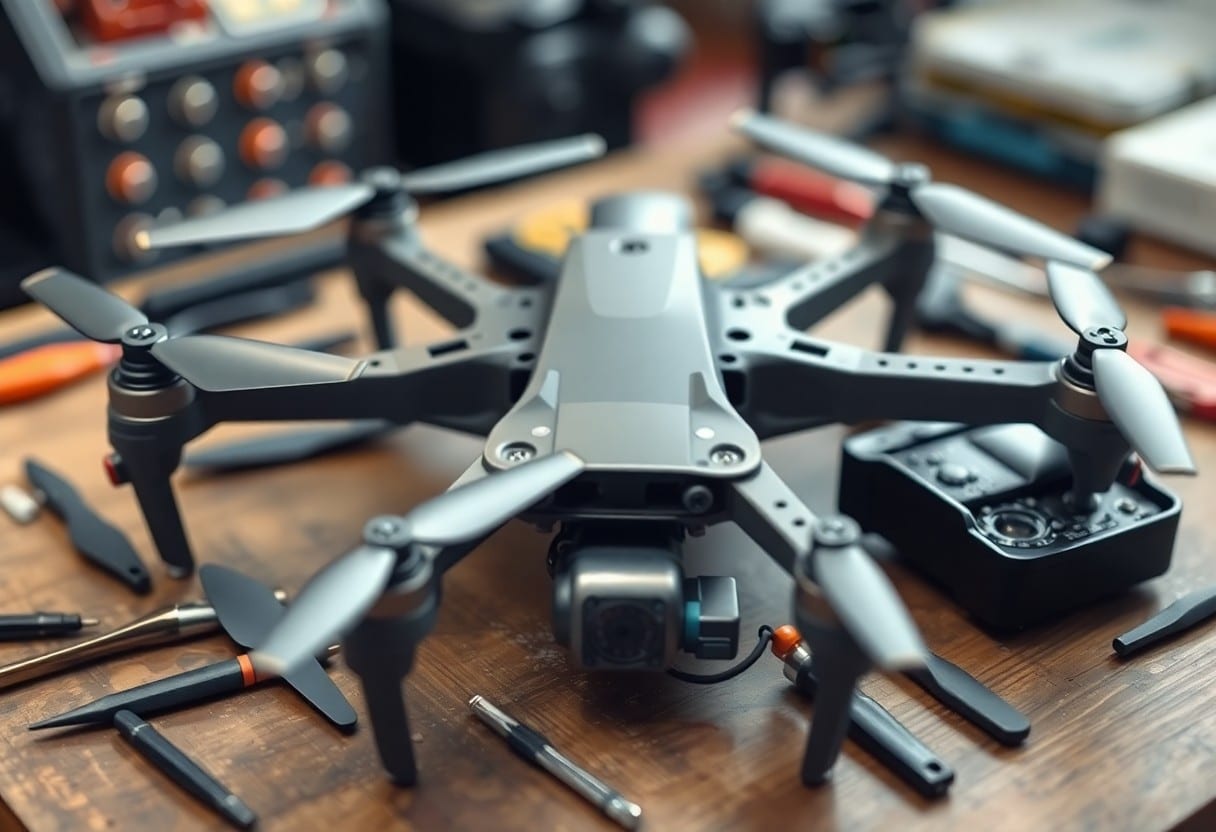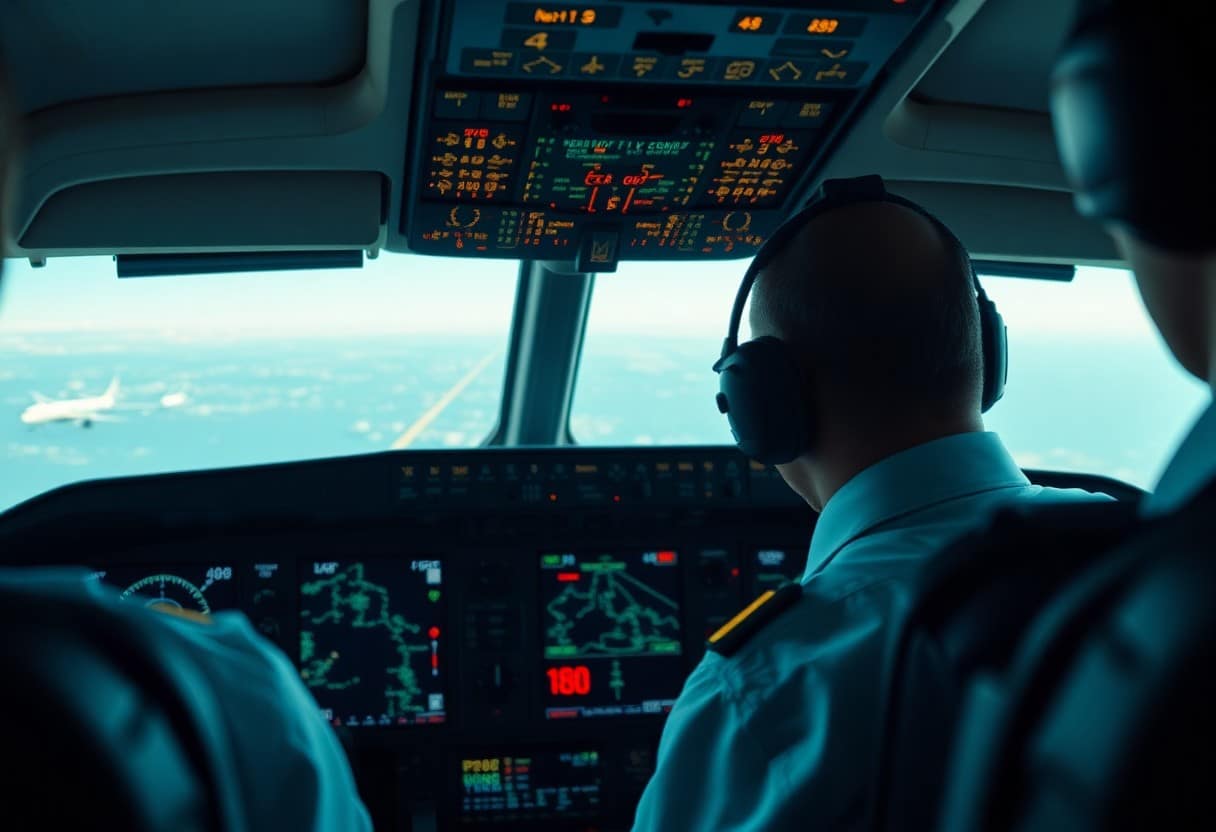8 Steps to Perfecting Your Drone Navigation Skills
Whether you're a beginner or an experienced drone pilot, strengthening your drone navigation skills is key to improving flight safety and stability. This article will guide you throughEight Important StepsIt will help you understand how to effectively control your drone's dynamics in the air. Not only will it increase your confidence in self-guidance, but it will also minimize possibleDangerousThe flight experience can be made even more enjoyable with the help ofpleasedand success.
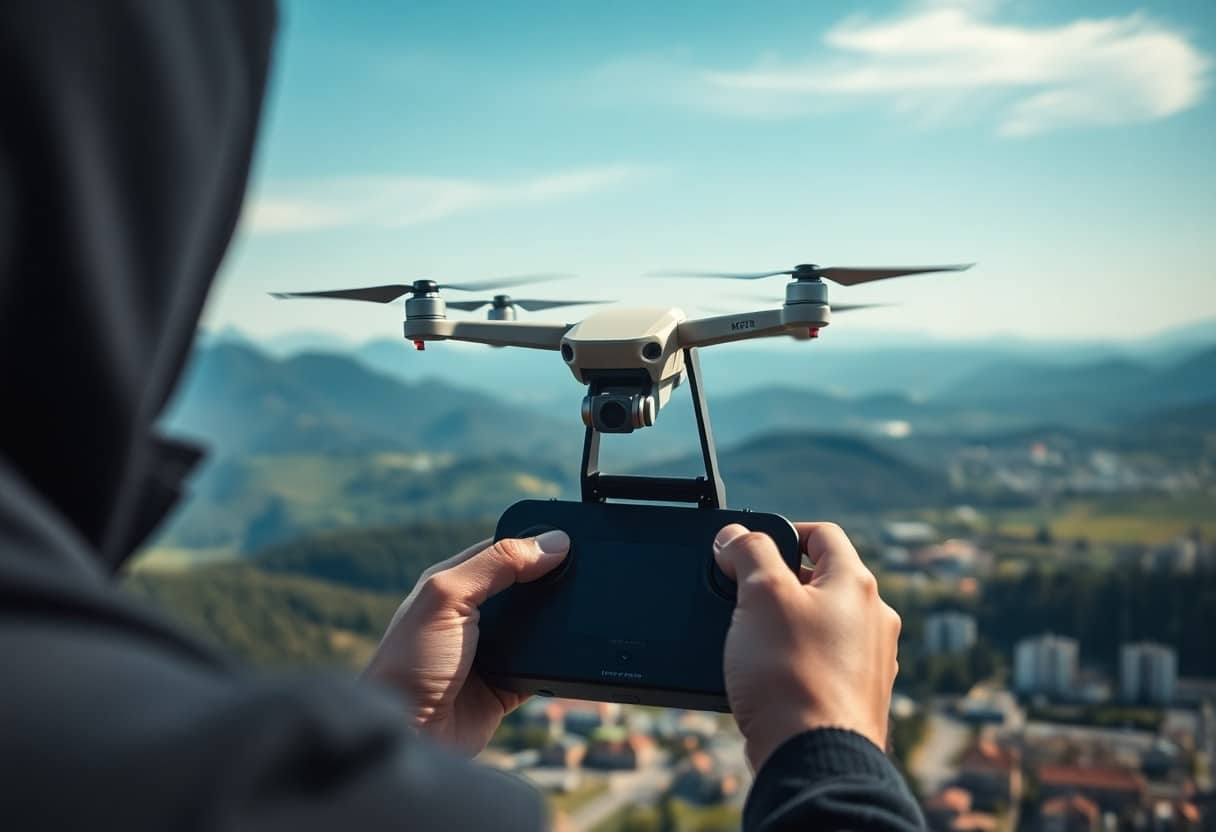
Key Points:
- understandings Principles of Flight: Familiarize yourself with the basic principles and dynamics of drone flight.
- unfamiliar Controller: Fully grasp the function and operation of the drone controller to increase proficiency.
- Practice Precision Landing and Takeoff: Continuously practice landing and takeoff in a safe environment to enhance stability.
- Planning Path: Plan your flight path in advance to avoid obstacles and increase efficiency.
- navigation TECHNOLOGY: Learn to use GPS and other navigation tools to ensure accurate positioning.
- Weather Impact: Understand the impact of meteorological factors on flights and choose the right time to fly.
- periodic Maintenance: Keep the drone in good condition and perform regular maintenance and inspections.
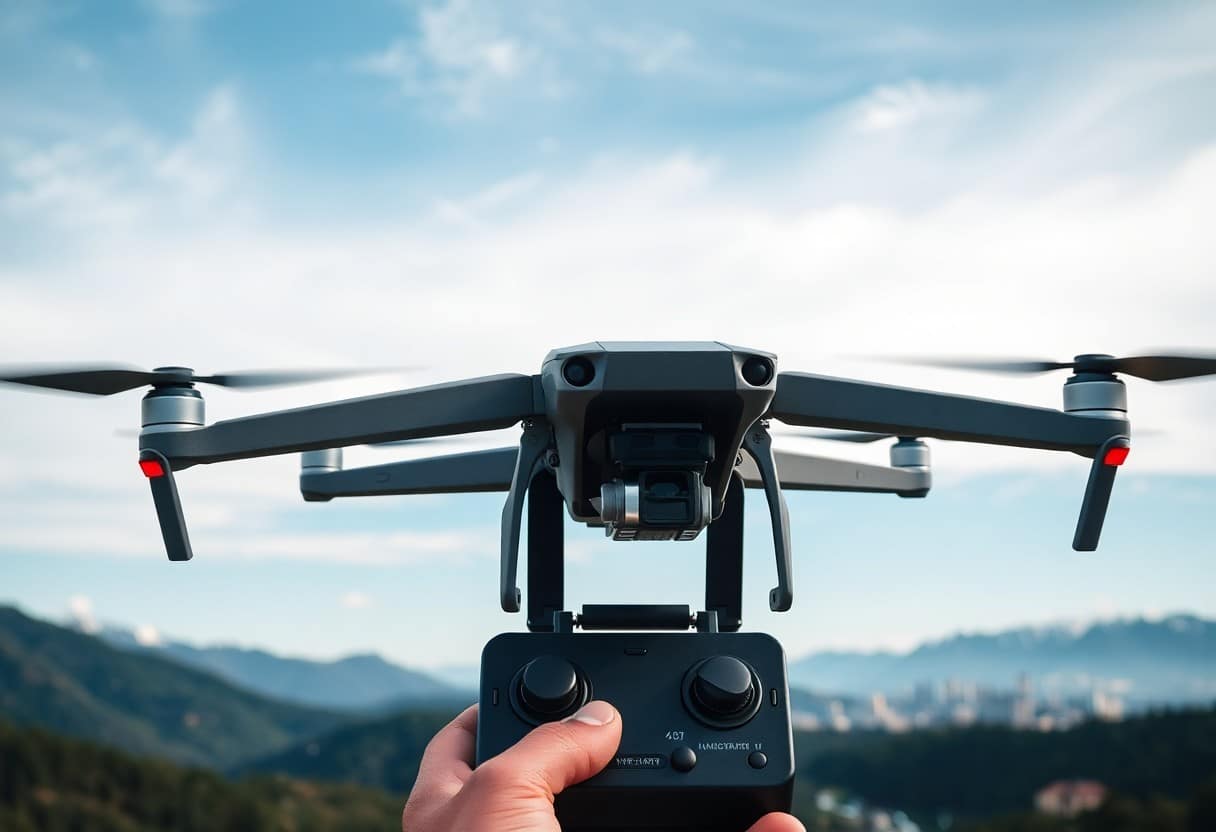
Understanding Your Drone Navigation System
A drone's navigation system is the heart of flight, and understanding these systems will help you improve your flying skills. Modern drones generally haveGlobal Positioning System (GPS)respond in singingVisual orientationThese systems work together to ensure the stability and accuracy of the drone in a variety of environments. By mastering these techniques, you will be able to maneuver your drone more effectively and react appropriately in different situations.
GPS and Visual Positioning
The GPS system utilizes satellite signals to determine the location of the drone and is suitable for open outdoor spaces. The GPS system uses satellite signals to determine the position of the drone.Visual Positioning SystemInstead, it relies on the drone's cameras and sensors to provide accurate positioning indoors or in areas with many obstacles. Understanding the advantages and disadvantages of both will enable you to choose the best navigation method for different environments.
The Importance of Calibration
Before the flight.Calibrating DronesThe sensors are of paramount importance. This not only improves navigation accuracy, but also prevents surprises during flight. Calibration should be done every time there is a major environmental change or before taking off at a new location.
Calibration for drones is a way to ensure that theFlight StabilityThis process adjusts the sensors so that they can correctly recognize their surroundings. This process adjusts the sensors so that they can correctly recognize their surroundings. Uncalibrated drones may face the risk ofgo out of controlThe risk of a false alarm can even lead to aCrashThis can cause damage to both your drone and its surroundings. Therefore, taking the time to properly calibrate your drone is an essential step in improving your safety and flying skills.
Essential pre-flight checks
It is vital that you conduct a thorough pre-flight inspection before your drone flight. Ensuring that your drone is in top condition in terms of performance and safety can prevent potential accidents. In addition to confirming the condition of the drone's components in your checklist, you should also consider relevant supporting knowledge, such asHow to cross the no-fly zone effectively?to safeguard flight safety.
Weather conditions
Before flying, please double check the currentWeather conditionsThe drone's stability and operational performance may be affected by strong winds, rainstorms or lightning. Strong winds, heavy rain or lightning may affect the stability and maneuverability of the drone. It is recommended that you check the weather forecast before you fly to ensure that you choose aSafe Flight TimesAvoid flying in bad weather.
Battery life and condition
Before taking off, check the drone'sBattery life and conditionis very important. Ensure that the battery charge is within a safe range to avoid sudden loss of power during flight. It is recommended that you match your flight plan before each flight and keep a minimum ofElectricity of 25%The Government has also been working on a number of projects to meet the needs of the community in order to cope with unforeseen circumstances.
Confirming the status of your battery is not just about checking the remaining charge, it's about checking whether the battery has anyExpansion, damage or overheatingThe above conditions will seriously affect the performance of the drone and may lead to flight interruption or even accidental crash. These conditions can seriously affect the performance of the drone and may lead to flight interruption or even accidental crash, so be sure to check carefully and replace or recharge the batteries according to their health condition. You need to avoid using undercharged or damaged batteries to ensure your flight safety.
Mastering Basic Flight Control
In the process of learning drone navigation skills, theMastering Basic Flight ControlIt's a vital step. These controls, which include elevation, orientation, and roll, will help you navigate your drone in a variety of environments. Practicing these skills will enable you to maneuver your drone in the air and further enhance your control of the drone.
Petrol Floodgate Management
effectivePetrol Floodgate ManagementThis is the key to successful flight. You must learn how to precisely adjust the throttle to achieve the desired lift speed. A throttle that is too fast can cause the drone to go out of control, while a throttle that is too slow can prevent it from hovering stably. Therefore, understanding the nuances of throttle control will make your flight safer.
Yaw, Pitch and Roll Tips
Yaw, pitch and roll are indispensable skills in drone control. diverge (from bearing, flight path etc)It's the left and right turn of the drone.lowering and raising of the headIt is tilted anteriorly and posteriorly, andRollingIt involves the sideways rotation of the drone. Mastering these techniques will not only increase your flying agility, but will also allow you to easily handle various challenges in complex environments.
LearningYaw, Pitch and Roll TipsIt is recommended that you start with simple maneuvers and progressively increase the level of difficulty. By mastering these skills, you will be able to maintain stability in a wide range of situations and avoid damaging the drone or creating hazards. When you are able to adjust these control maneuvers smoothly, you will be able to fly more confidently and safely. Therefore, practice diligently to enhance your understanding of these basic controls and improve your overall flying skills.
Navigation technology for different environments
When flying a drone, it's important to tailor your navigation techniques to the environment. You need to consider the surrounding obstacles, weather conditions and legal regulations to ensure that your drone flies safely and efficiently.
City Navigator
In an urban environment, you need to pay special attention toHigh-rise buildingsrespond in singingCableMake sure your drone can maneuver through crowded spaces by using obstacles such as the map or navigation app to help you plan your path ahead of time to avoid accidents. Using a map or navigation app can help you plan your path in advance to avoid accidents.
Villages and natural terrain
In the countryside and natural terrain, your challenges includeIrregular terrainrespond in singingWildlifeThese environments affect the stability of your drone's flight. These environments affect the stability of the drone, so you need to learn to utilize airflow and terrain convection to maintain smooth flight.
In rural and natural environments, it is important to remain sensitive to your surroundings. For example, when you findvalleysmaybeforestYou should carefully adjust the altitude and speed of your drone. In addition, paying attention to weather changes can also help you avoid danger. With proper planning and respect for nature, you can safely explore and enjoy your drone flight.
Utilizing navigation applications and software
In modern drone flight.Navigation Apps and SoftwareThe use of these tools is crucial. These tools can help you plan your routes, avoid no-fly zones, and improve your aerial photography. By mastering these techniques, you will be able to make better judgments and increase safety during your flights. To learn more about the basics of drone operations, check out theWhich camera settings should you use to get the best drone photography results?
Recommended Tools
To enhance your navigation skills, it is important to use the right navigation tools. Some examples areDJI FlymaybeLitchiPopular apps such as the Flying Flyer provide real-time map data, route planning, and backhaul capabilities, all of which give you a better handle on your flight. Additionally, consider having a GPS receiver for improved positioning accuracy.
Map Best Practices
When planning for drone flights, it is important to understandMap Best PracticesThis is of paramount importance. This includes selecting appropriate map sources, regularly updating map data, and recognizing the impact of changes in terrain on flights so that potential risks can be effectively avoided. Always be aware of the maximum flight range of your drone and map according to local laws to ensure safety and compliance.
In the execution ofMap Best PracticesYou should check regularly for changes in the current terrain and regulations of the aerial photography area. If there are any new buildings or no-fly zones, please update your flight plan immediately. When using a navigation application, check the features to enhance safety and minimize the risk of accidents. Keeping a flexible and open mind during the online planning process will help you better cope with unexpected situations.
Practicing advanced operations
To improve your drone piloting skills, you need to focus on advanced maneuvers. These maneuvers challenge your ability to maneuver the drone and help you fly consistently in a changing environment. Here are a few steps for practicing advanced maneuvers:
- Learn to Aerial Flip
- Perform precision landing
- Mastering Spot Hover
- Practice High Speed Flying
- Performs curvilinear flight
Learn more about drone piloting tips at8 Steps to a Comprehensive Risk Assessment Before Flying a Drone
| Practicing advanced operations | descriptive |
|---|---|
| Aerial Flip | Perform 360-degree flips of the drone to enhance maneuverability. |
| Precision landing | Test your maneuvering platform by landing at the designated spot. |
Waypoint Navigation
Waypoint navigation is a way for the drone to fly autonomously. You can pre-set specific points for the drone to fly in order. This not only improves your efficiency, but also helps you accomplish complex shooting tasks. By using theGPSrespond in singingMap SoftwareYou can realize precise flight path planning.
Follow Me Mode
Follow Me Mode is a powerful feature of modern drones that allows the drone to automatically track your movements. This makes it easy to capture action scenes, such as skiing or riding, to make your videos more appealing. To use this feature, all you need to do is make sure that the drone recognizes you clearly and then activate this mode.
existFollow Me ModeIn this function, the drone automatically adjusts its position according to your movements, which means that your actions will directly affect the picture you take. When utilizing this function, pleaseBe careful of your surroundings.The drone will not collide with obstacles or lose control of the drone. Make sure you operate the drone in an open space and monitor the flight status of the drone in order to get the best shooting effect.
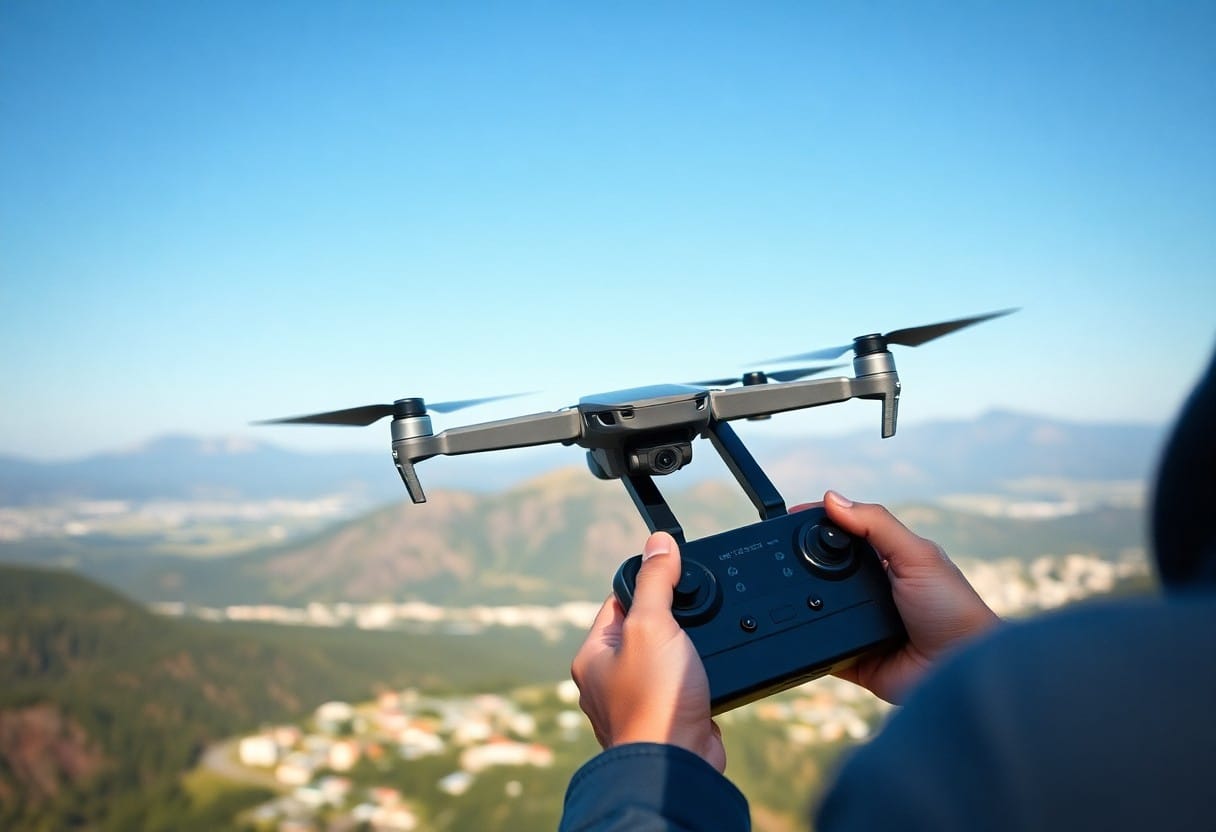
Safety Regulations and Best Practices
When flying a drone, observeSafety RegulationsKeeping up with best practices is essential to ensure safe and legal flights. Familiarizing yourself with local regulations and guidelines will help you avoid legal issues and increase the success of your drone operations. Being sensitive to your environment and surroundings at all times is not only responsible for yourself, but also for the protection of others.
Understanding airspace regulations
Before flying a drone, understandAirspace regulationsis required. This includes when and where you can fly and whether you need to obtain a permit or registration. By following the legal requirements, you can minimize potential risks and avoid costly fines or liability. Whether you are a hobbyist or a professional controller, you should be aware of your rights and obligations.
Maintaining Situational Awareness
During drone flight, keep theSituational AwarenessThis is the key to safety. This means you need to be constantly aware of your surroundings, the weather, other flying objects and possible obstacles. In addition, developing good habits, such as conducting thorough checks before each takeoff, can help you become more sensitive to potential hazards.
Maintaining Contextual Awareness is centered onKeeping an eye on the ever-changing surroundingsThis includes not only the status of other aircraft, but also possible obstacles and personnel on the ground. This includes not only the status of other aircraft, but also obstacles and people that may be on the ground. Whether it's tall buildings, trees or pedestrians, they can all pose a threat to your flight. Staying alert and regularly evaluating your flying environment can help you better respond to unexpected situations and ensure safe drone operations.
Eight Steps to Improve Your Drone Navigation Skills in a Nutshell
With these eight steps, you can effectively improve your drone navigation skills. From understanding basic flight principles to mastering advanced navigation techniques, each step will help you become a better controller. Continuously practicing and applying these skills will not only increase your confidence, but also improve safety and accuracy. Whether you're a novice or an experienced pilot, these steps are the key to improving your drone skills. Remember, the key to success is consistent practice and learning!
Frequently Asked Questions
Q: How do I choose the right drone for my navigation training?
A: When choosing a drone, you should consider its stability, navigation function, and whether it has a return function, etc. Beginners can choose a small and easy-to-maneuver drone with a good navigation system. Beginners can choose a small and easy-to-maneuver drone with a good navigation system to master the skills faster.
Q: What are the key tips when navigating a drone?
A: It is crucial to understand the various control modes of the drone, such as GPS mode, manual mode and attitude mode. Familiarizing yourself with these modes will help you operate the drone more flexibly in different environments.
Q: How to improve spatial awareness of drones?
A: Conduct more flight simulation training and fly the drone in a real environment to learn to recognize the surrounding objects and sense of distance. This will improve your spatial awareness and make navigation more accurate.
Q: How does the flight environment affect navigation skills?
A: Flying environment such as wind speed, terrain, obstacles, etc. will affect navigation skills. You should train in different environments to learn how to cope with various challenges and enhance your resilience.
Q: How can I use maps and navigation tools to enhance drone navigation?
A: By learning to use map applications and navigation tools such as the Waypoints feature, you can set up pre-planned routes to ensure that the drone will fly safely and according to plan, which improves the accuracy of your navigation.
Q: How does dwell time affect drone navigation skills?
A: Dwell time directly affects your navigation skills. After each flight, take some time to analyze the flight data and flight path, which will help you to find the direction of improvement and enhance your strength.
Q: How can I overcome my nervousness when operating a drone?
A: Relaxation is the key. Practicing and familiarizing yourself with the operation, making a flight plan and flying in a friendly environment can help you overcome your nerves gradually. Sharing experiences with other drone enthusiasts is also a good way to relieve stress.
